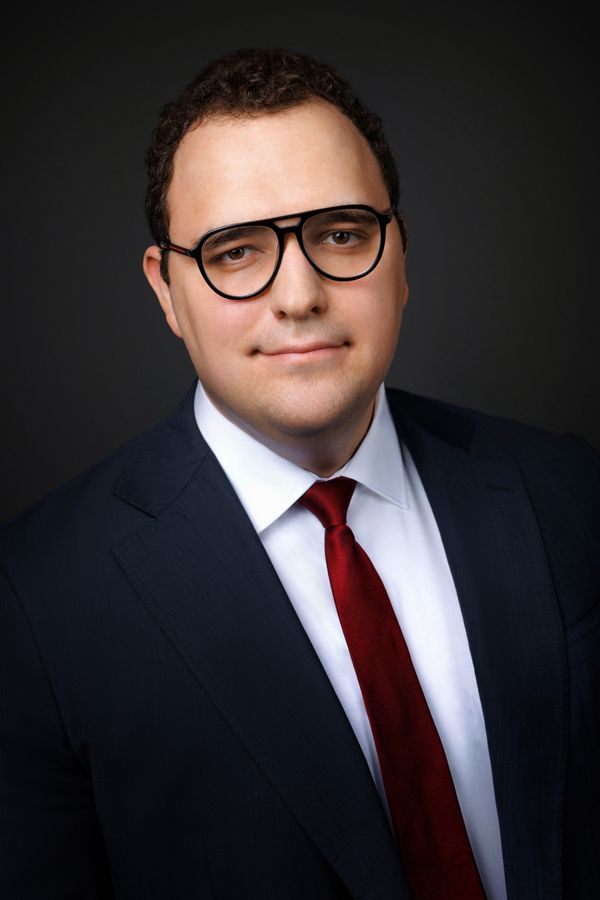Session One: Strategy and Risk
Marat Samarsky opened the event by outlining the various “risk agents” facing investors in infrastructure projects. He placed particular emphasis on the fragility of land rights, where third-party claims may arise even after a transaction has been formally completed, and on regulatory instability. His key recommendation was to include stabilisation clauses in contracts — fixing tax and tariff conditions — and to conduct thorough due diligence.
Alexander Panov presented a strategic overview of the Indian market, highlighting demographic potential, a favourable approach to foreign investment, and the growth of bilateral trade with Russia. He explained the legal mechanisms for market entry, including the differences between setting up a branch and a subsidiary, as well as the choice between automatic and government-approved investment routes.
Artem Yelistratov focused in detail on a tool that may prove decisive for a successful launch — Special Economic Zones. Drawing on concrete examples, he demonstrated how tax holidays and customs incentives in SEZs significantly reduce operational costs. His account of how major Russian companies are already making use of this framework added practical substance to the discussion.
The session concluded with Dmitrii Komovich from Sberbank India, who addressed practical considerations related to banking services and payments in the current environment.
Session Two: Taxation and Arbitration
Hardik Thakker of Shardul Amarchand Mangaldas & Co. provided clarity on tax planning. He explained the nuances of profit repatriation, highlighted preferential tax rates under the Russia–India treaty, and stressed the importance of strict compliance with reporting obligations to the Reserve Bank of India.
Smarika Singh, also representing the Indian firm, offered an insightful overview of arbitration in India. She convincingly showed that the country has undergone a true transformation in this field, implementing a series of substantial reforms. Today, local arbitration institutions are gaining credibility, making India an increasingly attractive venue for dispute resolution.
In his presentation, Animesh Mishra focused on the practical aspects of enforcing foreign arbitral awards in India. He emphasised that the country adheres to the principles of the New York Convention, and Indian courts generally adopt a pro-arbitration stance — favouring enforcement rather than refusal.
The final presentation by Neeraj Kumar bridged theory and practice. He underscored the importance of building long-term relationships, appreciating the local context, and maintaining flexibility in dispute resolution, recognising that not every situation is fully addressed by statutory mechanisms.
A unifying theme throughout the event was that the Indian market offers enormous opportunities — but demands a deep understanding of its complex legal and regulatory landscape.



